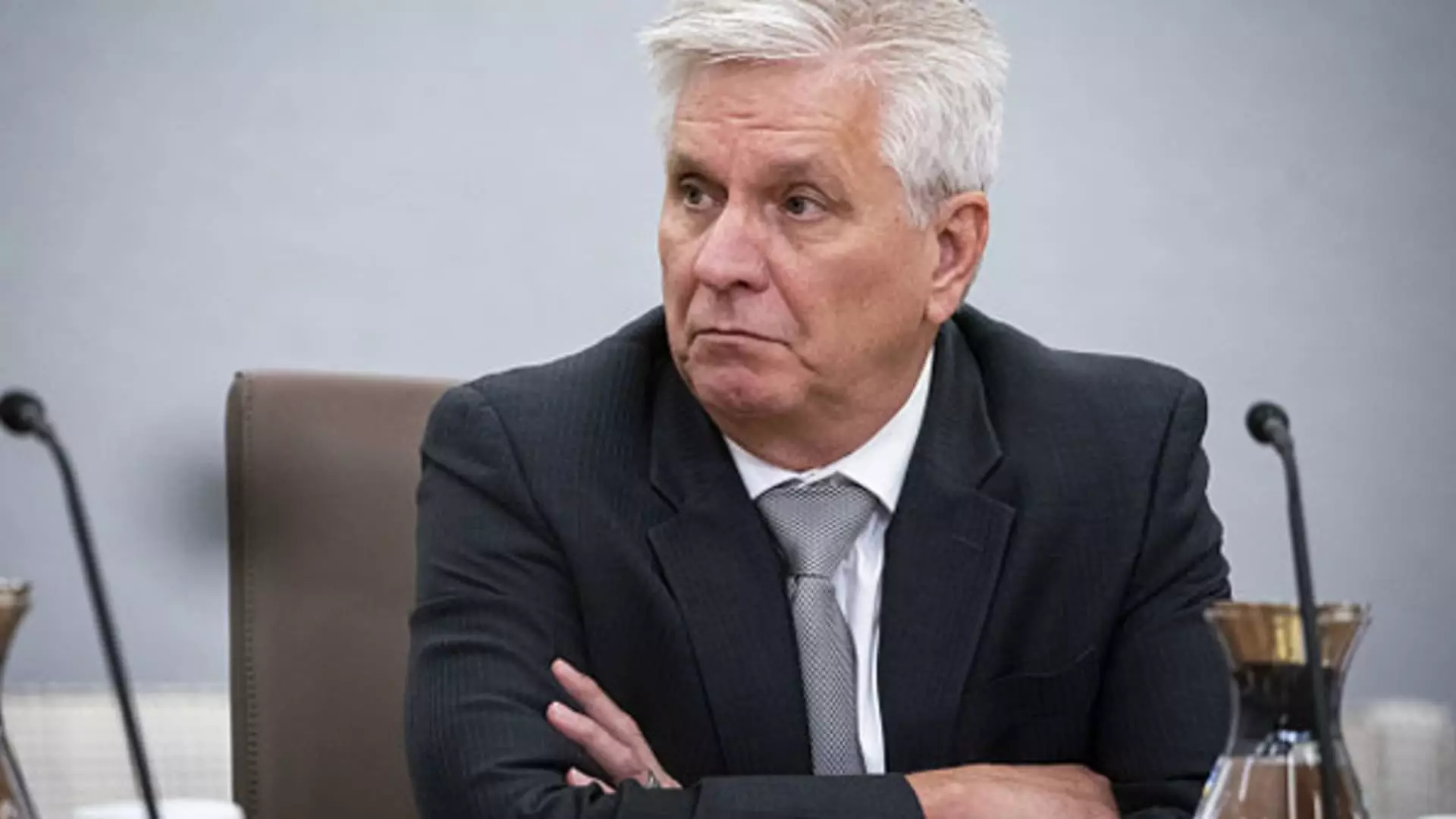The future trajectory of interest rates, guided by the Federal Reserve, remains a focal point for economic analysts and market participants. Recently, Federal Reserve Governor Christopher Waller underscored a cautious approach toward future interest rate cuts, signaling a shift from the more aggressive stance taken in September. This article aims to explore Waller’s comments and the broader economic indicators that shape the Fed’s monetary policy.
In September, the Federal Open Market Committee (FOMC) made headlines by enacting a substantial cut to the baseline interest rate, lowering it by 50 basis points to a target range of 4.75% to 5.0%. Such moves are not typical; historically, the Fed opts for smaller, quarter-point adjustments unless responding to severe economic turmoil. The rationale behind this significant reduction was the prevailing economic climate. However, Waller’s remarks indicate a reassessment of this aggressive approach due to emerging signs of economic resilience.
Recent economic reports provide a mixed bag of signals that raise questions about the sustainability of the recovery. Employment data, for instance, showed unexpected strength in September, counteracting previous summer weaknesses. While this may suggest a more robust labor market, it also complicates the Fed’s goal of lowering inflation without stifling growth. Furthermore, inflation rates have not receded as swiftly as policymakers might hope, with the Consumer Price Index presenting figures above expectations.
GDP growth has similarly captured attention; the latest revisions indicate a stronger-than-anticipated performance, with second-quarter growth revised up to 3.4%. This adjustment highlights an economy that seems to be operating with surprising vigor, further complicating the Fed’s strategy. Waller noted these factors, emphasizing that the data’s overall direction implies the potential for continued economic buoyancy despite the Fed’s initial intent to cool things down.
Waller’s comments reflect a nuanced understanding of the need for caution in monetary policy adjustments. While he expressed a preference for gradual rate reductions over the year ahead, he refrained from making definitive commitments about specific future cuts. Such a stance suggests that the Fed aims to remain flexible and responsive to evolving economic conditions rather than rigidly adhering to a predetermined schedule.
One takeaway from Waller’s insights is that the economic landscape is fraught with uncertainty, necessitating a careful balance between stimulating growth and curbing inflation. The Fed’s acknowledgment of this reality signifies an adaptive approach aimed at fostering sustainable economic health without compromising on its core objectives.
Governor Waller’s indications of a more cautious path for future interest rate cuts arise from complex economic dynamics. The interplay of strong employment data, unexpected inflation rates, and robust GDP growth suggests a robust economic environment, challenging the Fed’s traditional monetary policy framework. As policymakers navigate this landscape, they must be vigilant, balancing the need for prudent monetary actions with the overarching goals of economic stability and growth.

